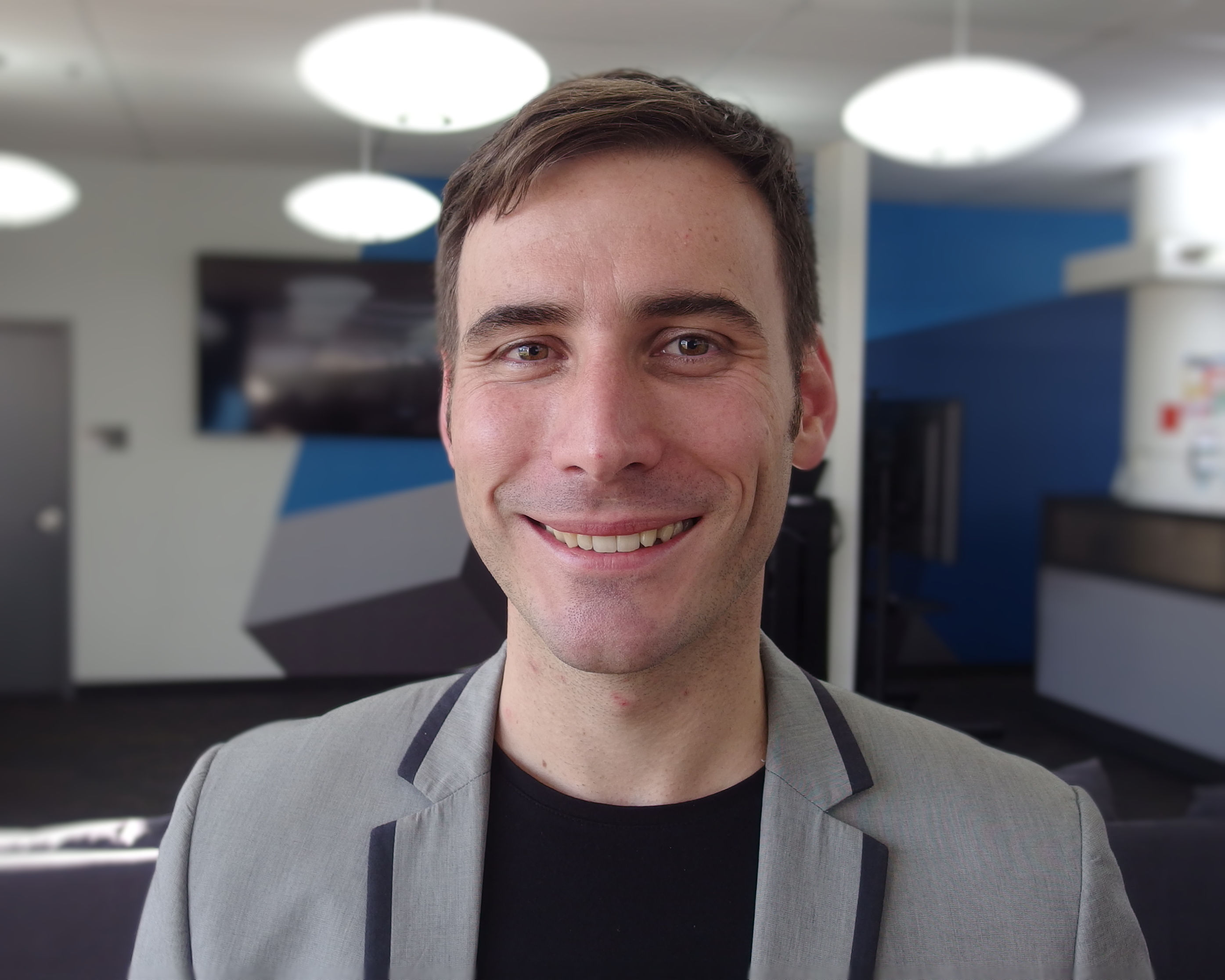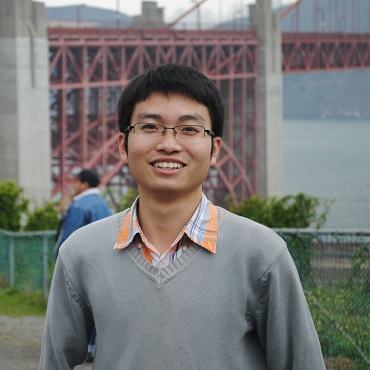Scientific Program
Keynote Session:
Title: Simultaneous drug identification in urine of sexual assault victims by using liquid chromatography tandem mass spectrometry
Biography:
Bai Hsiun Chen is a Professor from Graduate Institute of Clinical Medicine, Kaohsiung Medical University and he is a Attending physician in Department of Laboratory Medicine, Kaohsiung Medical University Hospital, Kaohsiung, Taiwan. He is also a Supervisor, Taiwan Society of Clinical Pathology and Laboratory Medicine
Abstract:
Title: Extraction and determination of Ertapenem antibiotic in forensic matrices by solid phase extraction followed by LC-MS
Biography:
Abstract:
Title: Identification of a novel candidate serum marker of small cell lung cancer
Biography:
Abstract:
Title: Mobile forensics and security apps: Is there anything left to find?
Biography:
Matthew Simon is the APAC Forensic Sales Consultant for Magnet Forensics. Matthew’s role is to support customers of Magnet Forensics across the APAC region in the application of digital forensics, to understand the technical challenges investigators are facing and help ensure the company is providing the most relevant and innovative solutions. Matthew previously held the role of Digital Crime Officer at the INTERPOL Global Complex for Innovation where he was in the Digital Forensics Laboratory. In this role he worked closely with the INTERPOL member countries to provide incident response, capacity building and training, and digital forensics laboratory support. Prior to his time at INTERPOL, Matthew spent almost five years in criminal law enforcement as an Electronic Evidence Specialist with the Electronic Crime Section of the South Australia Police in Australia. He actively worked with police investigators on many serious criminal matters and provided expert reports and oral expert testimony in court for numerous cases Matthew has a PhD by research in digital forensics and a Bachelor Degree with First Class Honours from the University of South Australia. He is an expert digital forensics practitioner, an academic researcher and is experienced in computer and mobile forensics
Abstract:
Title: The complete iOS forensic workflow: From physical extraction to iCloud
Biography:
Abstract:
Oral Session 1:
- Crime and Law | Cyber Security | Forensic Psychology | Forensic Medicine
Chair
Bai Hsiun Chen
Kaohsiung Medical University, Taiwan
Co-Chair
Jaskaran Singh
Amity University, India
Title: The use of alternate materials for blood detections at crime scenes
Biography:
Abstract:
Title: Forensic examination of disguised writing
Biography:
Abstract:
Reeta R Gupta Senior Scientific Officer-II-cum-Assistant Chemical Examiner to the Government of India holds PhD(Chemistry),Post Graduate Diploma in Computer Application, Post Graduate Diploma in Business Management, Post Graduate Diploma in Environmental Science having over 14 year experience in forensic document examination, also worked Assistant Government Examiner of Questioned Document Central Forensic Science Laboratory, Chandigarh, Directorate of Forensic Science Services, Ministry of Home Affairs, New Delhi, Life Member of The Indian Science Congress Association, International Science Community Association and International Scientific Society- Society of Biophysics, Published number of articles in national and International Journals and conduction Research and development in the field of Forensic document examination
Title: Every contact leaves a trace: The trace of interactions
Biography:
Abstract:
Keynote Session:
Title: Unifying intrusion detection and forensic analysis via provenance awareness
Biography:
Abstract:
Title: The interpretation of the expert opinion
Biography:
Abstract:
Oral Session 1:
- Clinical Biomarker | Biomarker research | Immunology Biomarkers | Molecular | Biomarkers | Biomarkers and Drug Discovery
Chair
Thomas Bayne
Microbiome Labs, USA
Co-Chair
Jaskaran Singh
Amity University, India
Title: A scientific approach on the application of Raman effect on Raman spectroscopy to help in the detection of explosives
Biography:
Sruthi Nair and Shelvin John are currently pursuing their Bachelor’s degree in Forensic Science from Amity University, Noida, India
Abstract:
Title: To study the difference between three types of tears: Using reverse phase- high performance liquid chromatography (RP-HPLC)
Biography:
Abstract:
Title: Forensic Examination of handwriting transcribed on an unusual surface
Biography:
Abstract:
Title: Test for DNA integrity of real blood specimen
Biography:
Tarisai P. Velempini has recently completed her PhD at the University of Johannesburg. She has authored 2 journal articles, and has 2 more articles under review. She is currently working as a research assistant.









